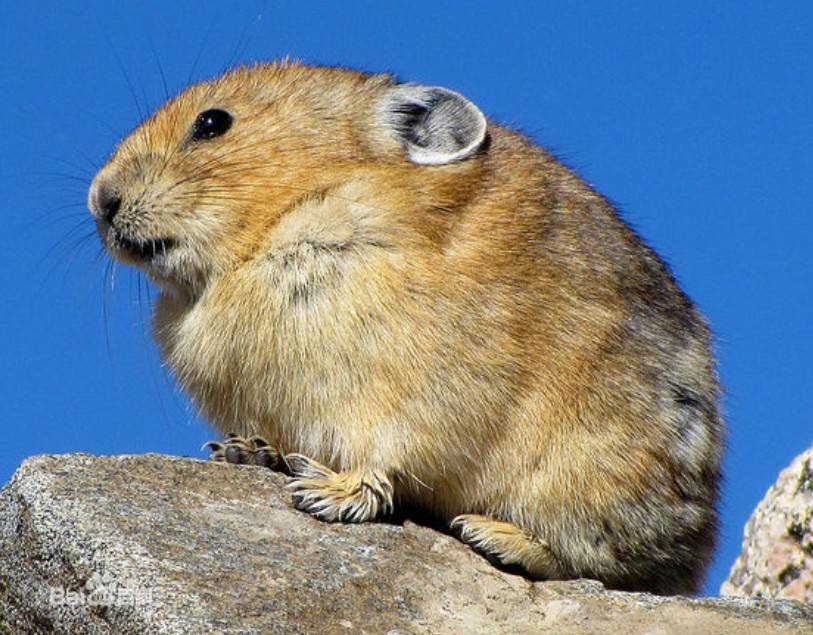(单词翻译:单击)
听力文本
Wild ass are the most conspicuous pioneers of this high frontier,
野驴是高原边疆上最明显的拓荒者,
but the most numerous grazer in Tibet lives underground.
但数量最为可观的食草动物却深藏在地下。
Pika, a relative of the rabbit. It, too, feeds on grass.
鼠兔,兔子的亲戚。和兔子一样以草为食。
On the exposed plateau, pikas never stray far from their burrows.
在毫无遮挡的草原上,鼠兔从不敢远离自己的洞穴。
But even so, squatters will move in given half a chance.
可是尽管如此,鼠兔的洞穴还是经常被其它动物霸占。

While ground peckers and snow finches can be a nuisance,
然而尽管蚁鴷和雪雀鸠占雀巢的行为确实很讨厌,
they're worth tolerating because they provide a valuable early warning system.
它们还是值得忍受的,它们可以在危险来临之前给鼠兔预先的警告。
The bizarre Tibetan fox. The pika's nemesis.
长相怪异的藏狐。鼠兔的灾星。
When stalking, it keeps below the skyline, perhaps helped by its curious body shape.
在蹑手蹑脚地潜近猎物时,藏狐能保持特别低的姿势,可能其古怪的体型起了一定的作用。
But why the square head?
但是为什么是方形的头呢?
视频及简介
剧组将镜头对准惊恐的蒙古小羚羊,亲眼目睹它们的季节迁徙的人其实很少。同时你不会错过第一次出现在摄影机镜头里的长相怪异的藏狐。历时六个星期,剧组为了跟踪一个企图捕杀大象的狮群,用夜视镜近距离地拍下了当时混战的场面。


